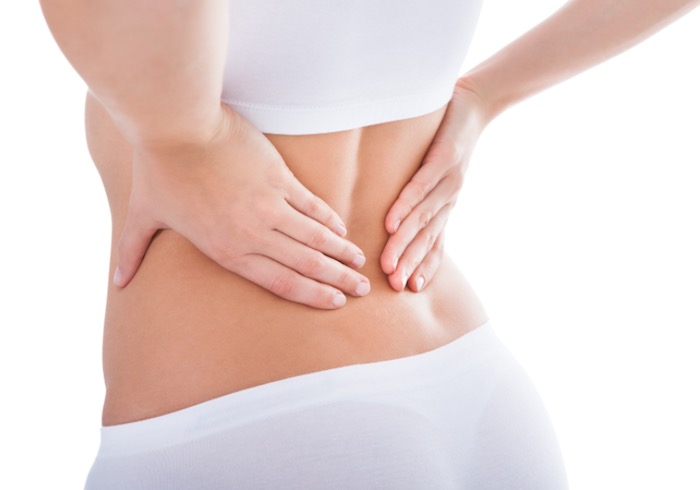Lower Back Pain Treatments: Just Say No to Drugs
Lower back pain can be mild and merely annoying or it can be severe and debilitating. Low back pain may start suddenly, or it could start slowly, and gradually get worse over time.

Treatment: Just Say No to Drugs
There is a growing consensus among practicing internists and physicians that Americans are often over medicated and prescribed pain relievers and anti-inflammatories. The first option should look at therapies that are non pharmacological. And that is a big change in treating pain.
For years we as a culture have been lead to believe that there is a pill that will take care of that, and this mentality stems from the drug companies and the medical establishment. In recent years, many doctors are reassessing how to approach treating pain. The United States is struggling with an epidemic of opioid addiction that in part stems from this mentality of popping pills will cure all ailments like back pain.
For most Americans suffering from acute back pain lasting up to four weeks and those experiencing chronic back pain lasting over three months, before over medicating yourself with painkillers, start with non-pharmacological treatments.
Many people suffering from chronic back pain tend to shut down and avoid all physical activity. In most cases taking an anti-inflammatory medication and doing physical therapy will get you back on your feet to normal activities.
Before patients try anti-inflammatories or muscle relaxants, they should try alternative therapies like exercise, acupuncture, massage therapy or yoga. It is now accepted that steroid injections and acetaminophen ( Tylenol ) have been generally ineffective in treating pain. Over-the-counter pain relievers like aspirin, naproxen or ibuprofen can provide some relief.
Physical therapy for Low Back Pain
People with low back pain who regularly exercise report fewer recurring pain episodes and are more likely to stay active and functional when pain flares.
Strengthening exercises. Strengthening the abdominal, hip, and gluteus muscles that support the spine, also called the core muscles, can help relieve low back pain. There are two methods to strengthen the back:
-
The McKenzie method extends the spine through building core muscle strength, reducing pain caused by compressed spinal structures such as a herniated disc caused by a compressed disc space.
-
Dynamic Lumbar Stabilization strengthens back muscles to maintain a patient’s “neutral spine,” or the posture that feels most comfortable.
Low-impact aerobics. Low-impact aerobic exercise increases the flow of blood and supports healing from an injury without jarring the spine. Low-impact aerobics can include using stationary bikes, elliptical or step machines, walking, and water therapy.
Most acute low back pain results from injury to the muscles, ligaments, joints, or discs. It can be difficult to accurately discern the cause of the pain. A degenerated or torn lumbar disc can feel the same as a pulled muscle. Both creating inflammation and painful muscle spasm in the same area.
Symptoms of Lower Back Pain
-
Pain that is dull or achy, contained to the low back.
-
Stinging, burning pain that moves from the low back to the backs of the thighs, the lower legs or feet (sensation of numbness or tingling).
-
Muscle spasms and tightness in the low back, pelvis, and hips.
-
Pain that worsens after prolonged sitting or standing.
-
Difficulty standing up straight, walking, or going from standing to sitting.
Symptoms Associated with Severe Back Pain Necessitating Immediate Medical Care
-
Loss of bladder and bowel control.
-
Recent weight loss, such as diet and exercise.
-
Fever and chills.
-
Severe, unrelenting pain in the abdomen.